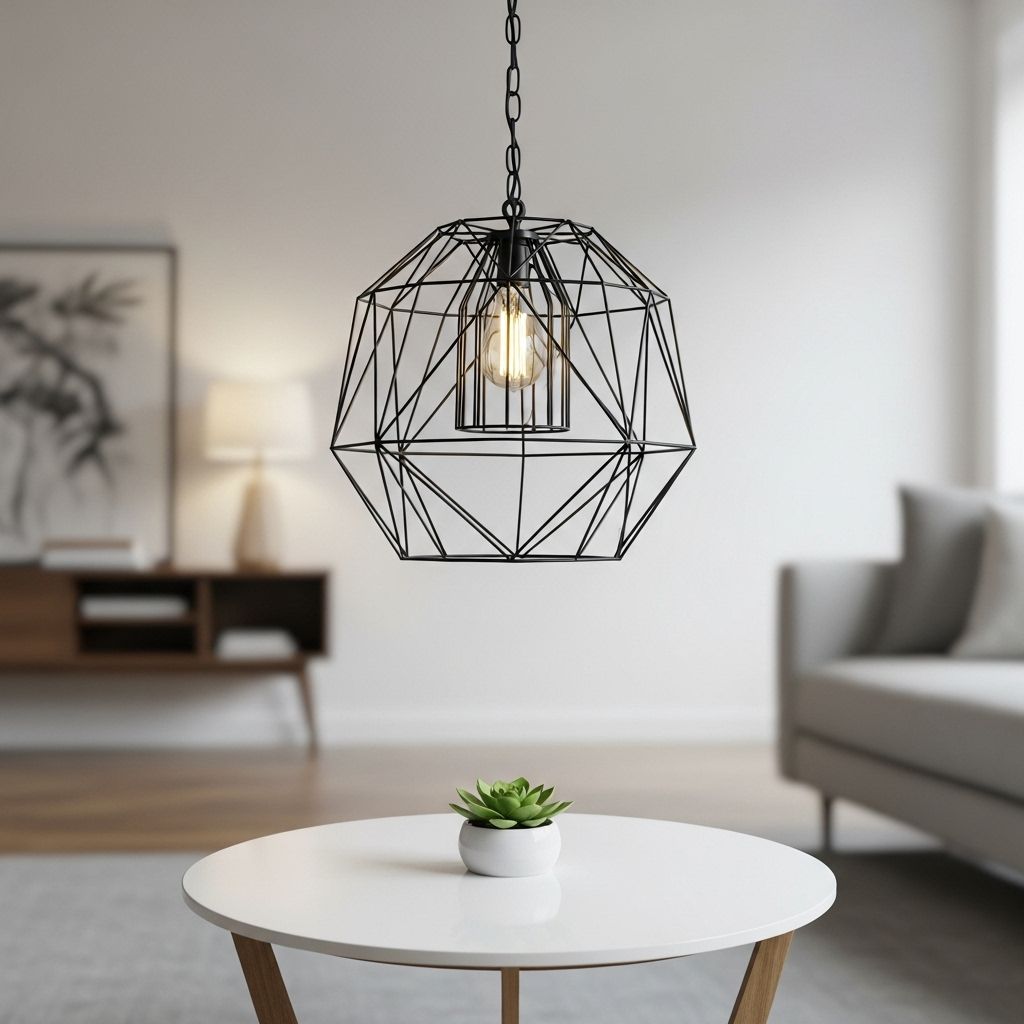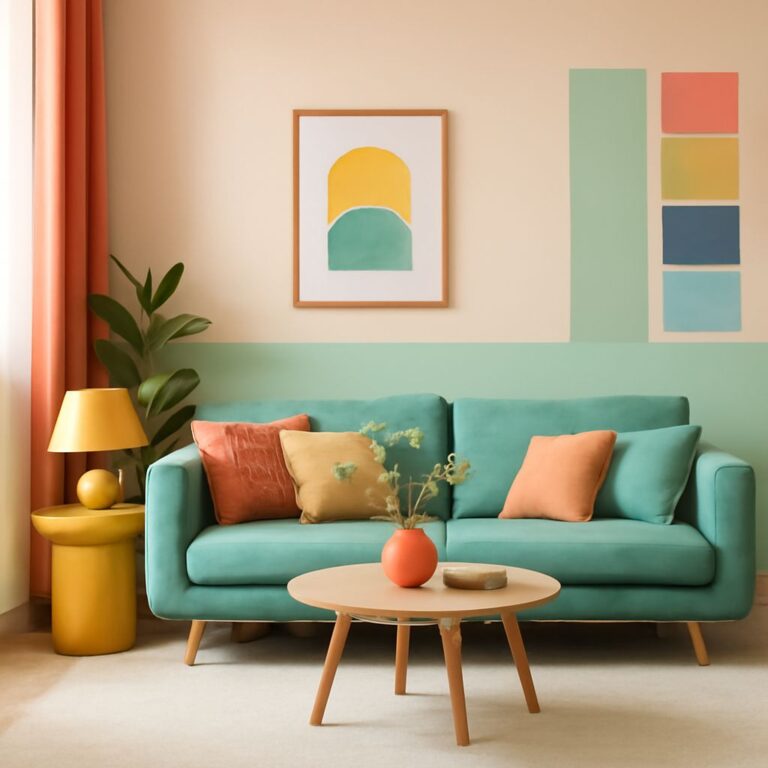In today’s fast-paced world, minimalism has emerged as a powerful design philosophy that transcends mere aesthetics. It encourages simplicity and functionality while fostering a sense of peace and tranquility. For those looking to transform their spaces with a minimalist touch, the following ideas will inspire you to create an environment that is both functional and visually serene.
Table of Contents
Embrace Neutral Colors
Color plays a crucial role in minimalist design. Neutral colors create a calm backdrop that allows other elements of your space to shine.
- Whites: Bright and clean, providing a sense of spaciousness.
- Beiges: Warm undertones that add comfort and subtlety.
- Grays: Sophisticated and modern, perfect for contemporary spaces.
Choosing Your Palette
When selecting a color palette, consider the following:
- Use a maximum of three primary colors.
- Incorporate different shades of your chosen colors for depth.
- Make use of textures to add interest without overwhelming the design.
Simplify Furniture Choices
In a minimalist space, furniture should serve a purpose without cluttering the area.
| Furniture Type | Characteristics |
|---|---|
| Sofas | Low-profile, streamlined designs with simple lines. |
| Tables | Make use of multi-functional pieces, such as ottoman tables. |
| Chairs | Opt for stools or chairs that are lightweight and easy to move. |
Multi-Functional Pieces
Investing in multifunctional furniture can maximize your space:
- Convertible sofas that can transform into beds.
- Storage ottomans that offer seating and organization.
- Foldable tables that can be stored away when not in use.
Incorporate Natural Elements
Bringing nature indoors can enhance the tranquility of a minimalist design
- Plants: Introduce greenery with low-maintenance houseplants.
- Wood: Use natural wood tones for warmth and texture.
- Stone: Incorporate stone accents for a rustic and organic feel.
Choosing the Right Plants
Here are some popular low-maintenance plants to consider:
- Snake Plant
- ZZ Plant
- Pothos
Maximize Natural Light
Natural light can vastly improve the ambiance of a minimalist space. Here are some ways to utilize it:
- Use sheer curtains to allow light to filter through while maintaining privacy.
- Position mirrors strategically to reflect light and make your space feel larger.
- Avoid heavy, dark furnishings that block light.
Declutter Regularly
Minimalist design is all about reducing clutter. Here are some tips for maintaining a clutter-free environment:
- Adopt the ‘one in, one out’ rule: for every item you bring in, let go of another.
- Utilize storage solutions like baskets and bins to keep items organized.
- Schedule regular clean-outs to identify items you no longer need.
Storage Solutions
Consider these options for maintaining a tidy space:
| Type of Storage | Best For |
|---|---|
| Wall-mounted Shelves | Books, decorative items |
| Under-bed Storage | Seasonal clothing, shoes |
| Built-in Cabinets | Disguising everyday clutter |
Highlight the Essentials
In a minimalist space, it’s important to let key pieces stand out. Here’s how:
- Choose a statement art piece that draws the eye.
- Utilize unique lighting fixtures that provide functionality and style.
- Showcase personal collections sparingly to keep focus on the main attraction.
Use Quality Over Quantity
In minimalist design, opting for fewer, higher-quality items can create a more curated environment. Consider the following:
- Invest in durable materials like leather, wood, and metals.
- Seek out handcrafted items that reflect personality and style.
- Purchase timeless designs that will stand the test of time.
Quality Brands to Consider
When looking for high-quality home furnishings, explore brands known for their minimalist designs:
- Muji
- IKEA’s premium range
- West Elm
Design with Intent
Every element in a minimalist space should have a purpose. This can be achieved by:
- Carefully considering your layout to enhance flow.
- Keeping only those items that serve a functional or emotional purpose.
- Employing a consistent theme throughout the space.
Conclusion
Transforming your space into a minimalist haven is not just about reducing clutter; it’s about creating a thoughtful environment that reflects your style and enhances your well-being. By incorporating these minimalist design ideas, you can achieve a harmonious balance between functionality and aesthetic appeal. Start small, and over time, you’ll create a space that embodies the essence of minimalism—simple, intentional, and beautiful.
FAQ
What is minimalist design?
Minimalist design is an aesthetic that emphasizes simplicity and the elimination of excess, focusing on clean lines, neutral colors, and functional furniture.
How can I incorporate minimalist design into my home?
You can incorporate minimalist design by decluttering your space, choosing multifunctional furniture, using a limited color palette, and adding natural elements like plants.
What are some key elements of minimalist design?
Key elements of minimalist design include open spaces, natural light, simple shapes, a neutral color scheme, and a focus on functionality.
Is minimalist design suitable for small spaces?
Yes, minimalist design is particularly suitable for small spaces as it maximizes functionality and creates an illusion of more space through simplicity.
How do I choose furniture for a minimalist space?
When choosing furniture for a minimalist space, look for pieces that are sleek, functional, and have clean lines. Opt for neutral colors and avoid ornate designs.
Can I add personal touches to a minimalist design?
Absolutely! You can add personal touches through carefully selected artwork, a few decorative items, or unique textures while ensuring they don’t clutter the space.



